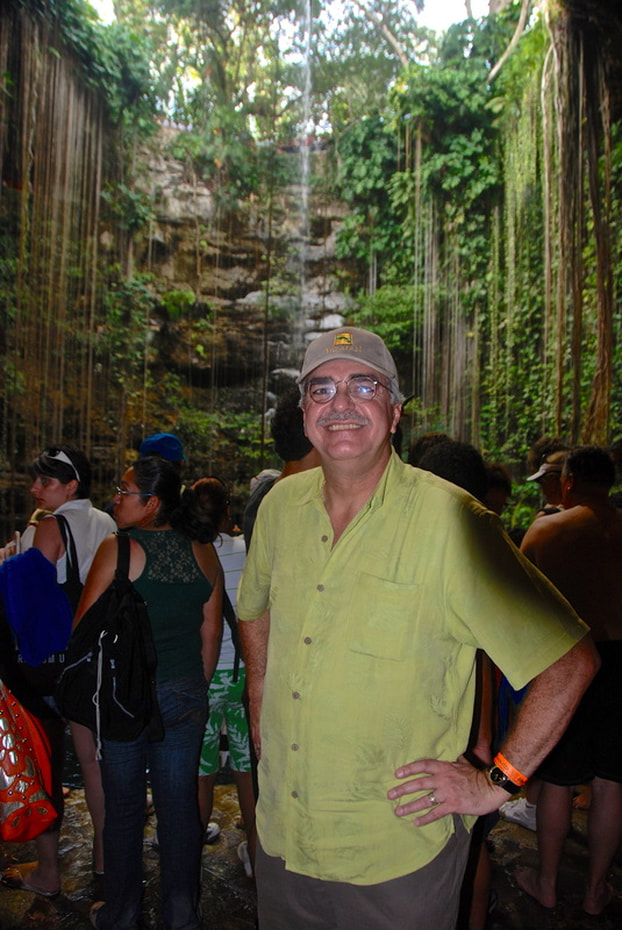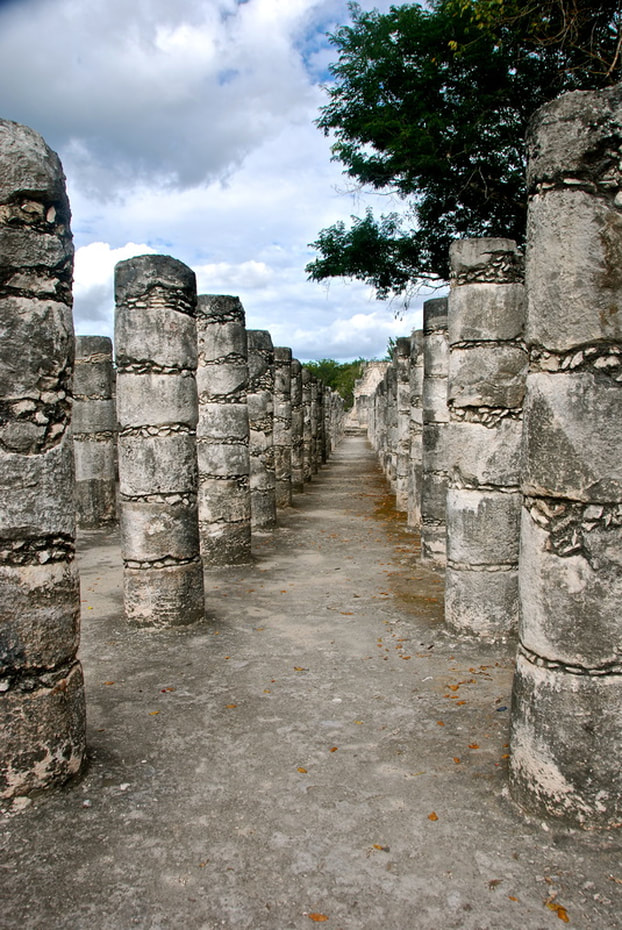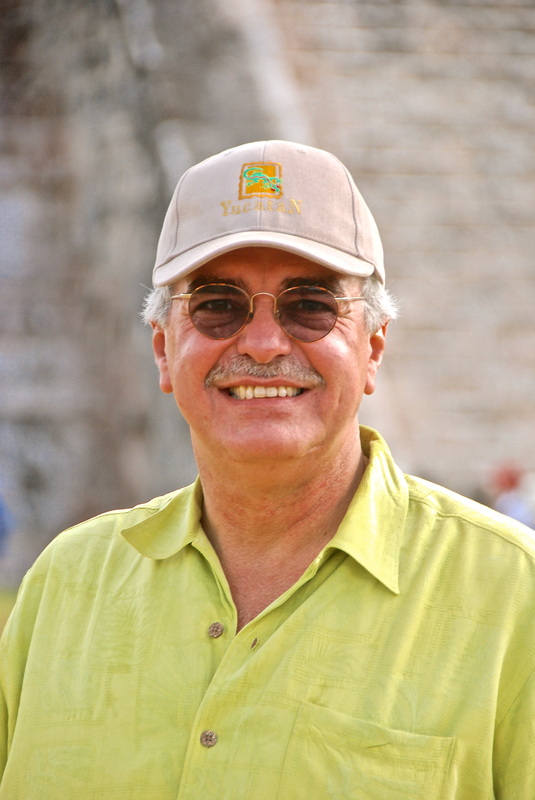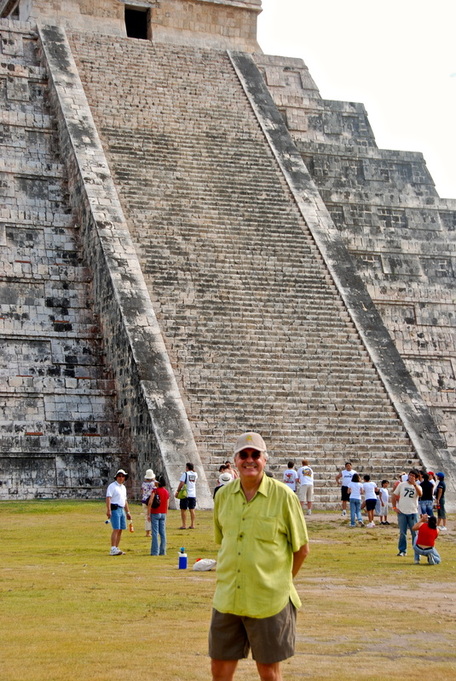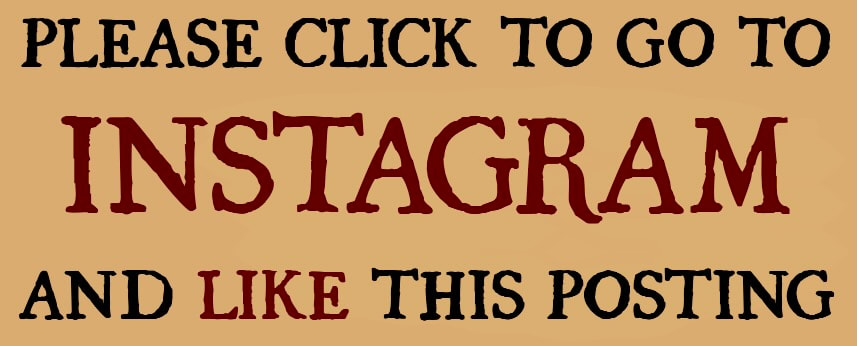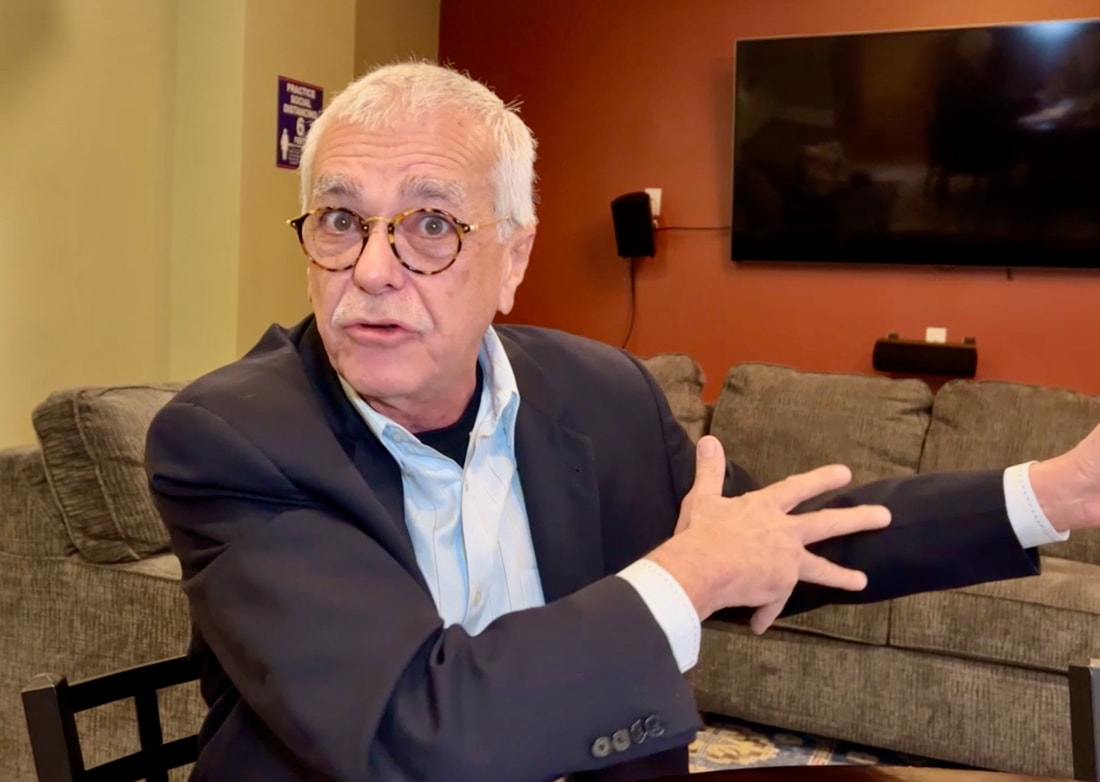3. Our Pre-Hispanic Heritage
|
By Miguel Pérez
CHICHEN ITZA, Mexico — January 8, 2008 - Until you get here and you stand before the great pyramid of Kukulcan, you don't fully appreciate the amazing ingenuity and achievements of the Mayan people. Sure, you may have seen pictures and heard that this ancient city was the political and economic center of a pre-Hispanic civilization that spanned through what is now southern Mexico, Belize, Guatemala and parts of Honduras and El Salvador. You may be aware that this amazing place recently was declared one of the "New 7 Wonders of the World. But you have to be here to understand why this place is so important and why it makes many Latinos, especially Mexicans, so proud of their heritage. In an occasional series, this column has been rewinding to the past in an effort to recognize the long and often ignored history of Latino contributions to U.S. society, dating back the Spanish conquistadors in the 16th century. But to fully understand who Latino Americans are, where we come from and why we are so proud of our culture, sometimes we will have to rewind much further, back to our pre-Hispanic heritage. And Chichen Itza is a good place to press pause. Throughout the Yucatan peninsula, you see a cultural heritage that dates back many centuries, before the Spanish colonization of the Americas. This is a place where Mexicans and other Latinos come to recharge their ethnic batteries, a place where they come out feeling proud of their indigenous American heritage. In a recent column, we established that the Spanish were building settlements several decades before the British arrived in North America. But the Mayas built impressive cities centuries before the Spanish arrived in Central America. Their highly developed sciences — mathematics, astronomy, chronology, architecture — and their mastery of the arts — sculpture, painting, ceramics — are not only remarkable but also still clearly evident everywhere you go in Yucatan. Their hieroglyphic writing system enabled them to keep historic records. They invented the use of the number "zero," they figured out a way to measure the cycles of the sun, the moon and Venus, and they were even able to predict eclipses. They developed an accurate 365-day calendar. They built one of the world's greatest civilizations. Mind you, this is a civilization that spans about 3,200 years, a culture that flourished in the ninth century — about 500 years before Columbus "discovered" the "New World." Here at Chichen Itza, which also flourished in the ninth century, you meet today's Mayas, many of whom are artisans who still practice the craftsmanship of their ancestors. Many others are, of course, mestizos, of both Mayan and Spanish lineage. But you find that the people here are just as proud of their Mayan roots as they are of their Spanish ancestry. In colonial Spanish towns, such as Merida, and in the smaller pueblos throughout Yucatan, the locals tell you that they are predominantly Catholic and that their many impressive churches were built in the 16th and 17th centuries with stones taken from Mayan temples and other public monuments. But instead of expressing resentment for the Spanish conquest and the pillaging of Mayan architecture, many say they see the Maya stone on the walls of their churches as a symbol of the marriage between their two cultures. They have grown to accept who they are as a people. Throughout Mesoamerica, everyone knows the names of the Mayan gods, as well as those of Catholic saints. A majority of the people still speak both Maya and Spanish; and a huge number also speak some English. And it is that kind of marriage of cultures and acceptance of diversity that Mesoamericans bring to the plate when they go to the United States. It has not only happened here but also throughout the Caribbean and South America, where other indigenous people eventually became integrated with those who came from Spain and Africa. Because of our ancestry of inevitably merging races, cultures and languages, we often don't understand why some Americans are so entrenched in the idea of preserving their country within a rigid white, Anglo-Saxon, English-speaking mold. History — especially Mayan history — shows us that, with time, change is inevitable. Here at Chichen Itza, where you look at time in terms of centuries, it's easy to see that clearly. Standing before the pyramid of Kukulcan, you learn that its panels and steps were designed to represent a very accurate 365-day calendar and that the building is positioned in perfect correlation with the sun. The pyramid's alignment is so good that on the spring and fall equinoxes (March 20 and Sept. 21), the sun forms a series of amazing lights — in the shape of a serpent — along its northern staircase. That's the work of Mayan astronomers and architects, left here as if to remind their descendants that they have reasons to feel proud. COPYRIGHT 2008 CREATORS SYNDICATE INC. |
|

